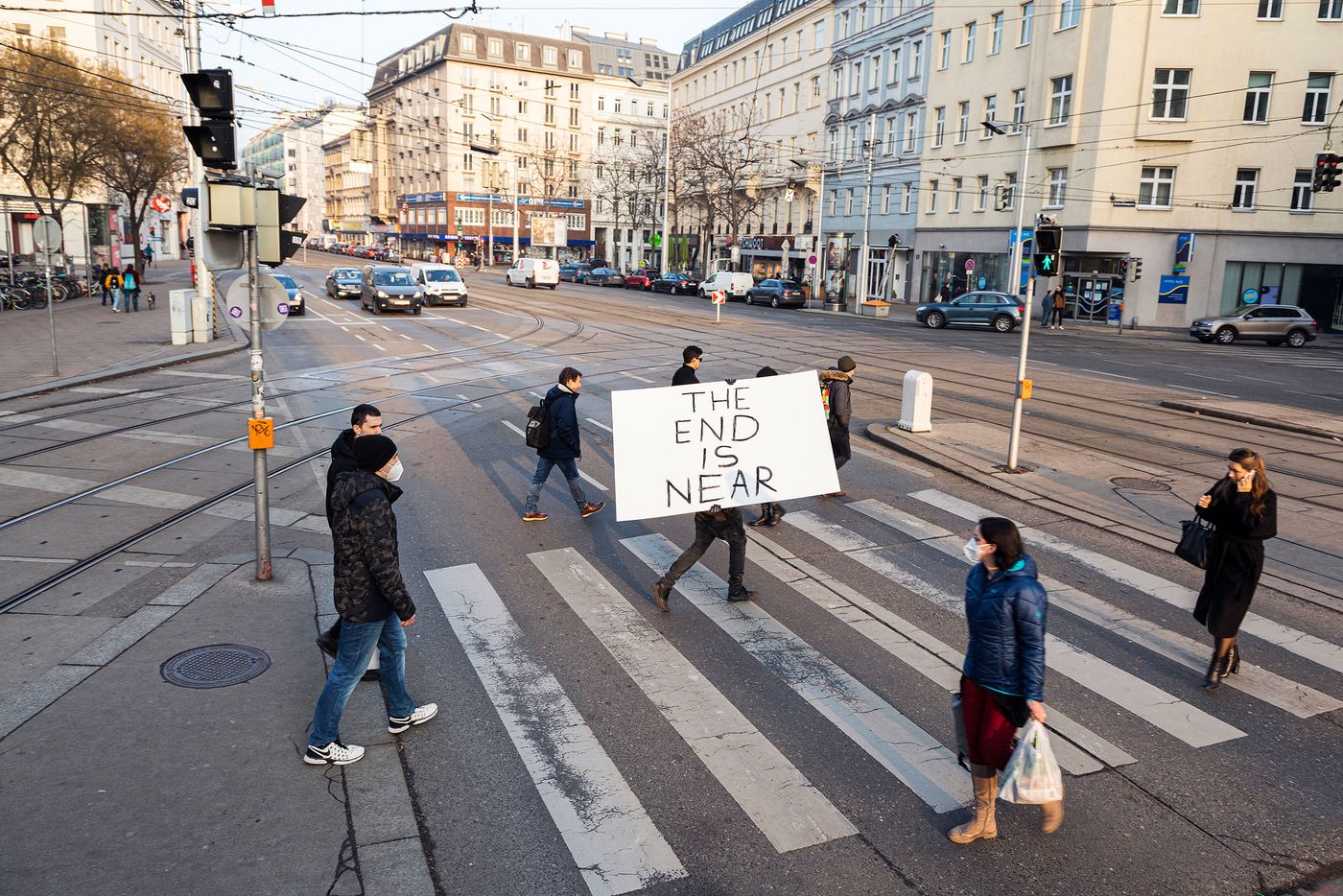
Aldo Giannotti Mischievously Scrutinizes Contemporary Notions of Safety & Security at MAMBo
Words by Eric David
Location
Bologna, Italy
Aldo Giannotti Mischievously Scrutinizes Contemporary Notions of Safety & Security at MAMBo
Words by Eric David
Bologna, Italy
Bologna, Italy
Location
Italian artist Aldo Giannotti’s anthological exhibition “Safe and Sound”, which opened last month at Museo d'Arte Moderna di Bologna (MAMbo), may have been conceived in 2019, a time when global pandemics were the subject of science fiction rather than the news, but it couldn’t have been timelier in its staging. Known for his whimsical yet incisive work, Giannotti’s exhibition explores themes of security and safety by subverting the rules, regulations and expected behaviour associated with different social settings. Curated by Lorenzo Balbi, the exhibition unfolds as a series of site-specific installations that cheekily encourage visitors to reassess their perception of the museum’s rules and on several occasions to even flout them. After more than a year of navigating a complex web of social distancing, mask-wearing and other pandemic-related rules, Giannotti’s exhibition comes at an opportune time to probe the paradoxical relationship between the concepts of security and freedom, specifically the freedoms we give up in order to obtain safety.
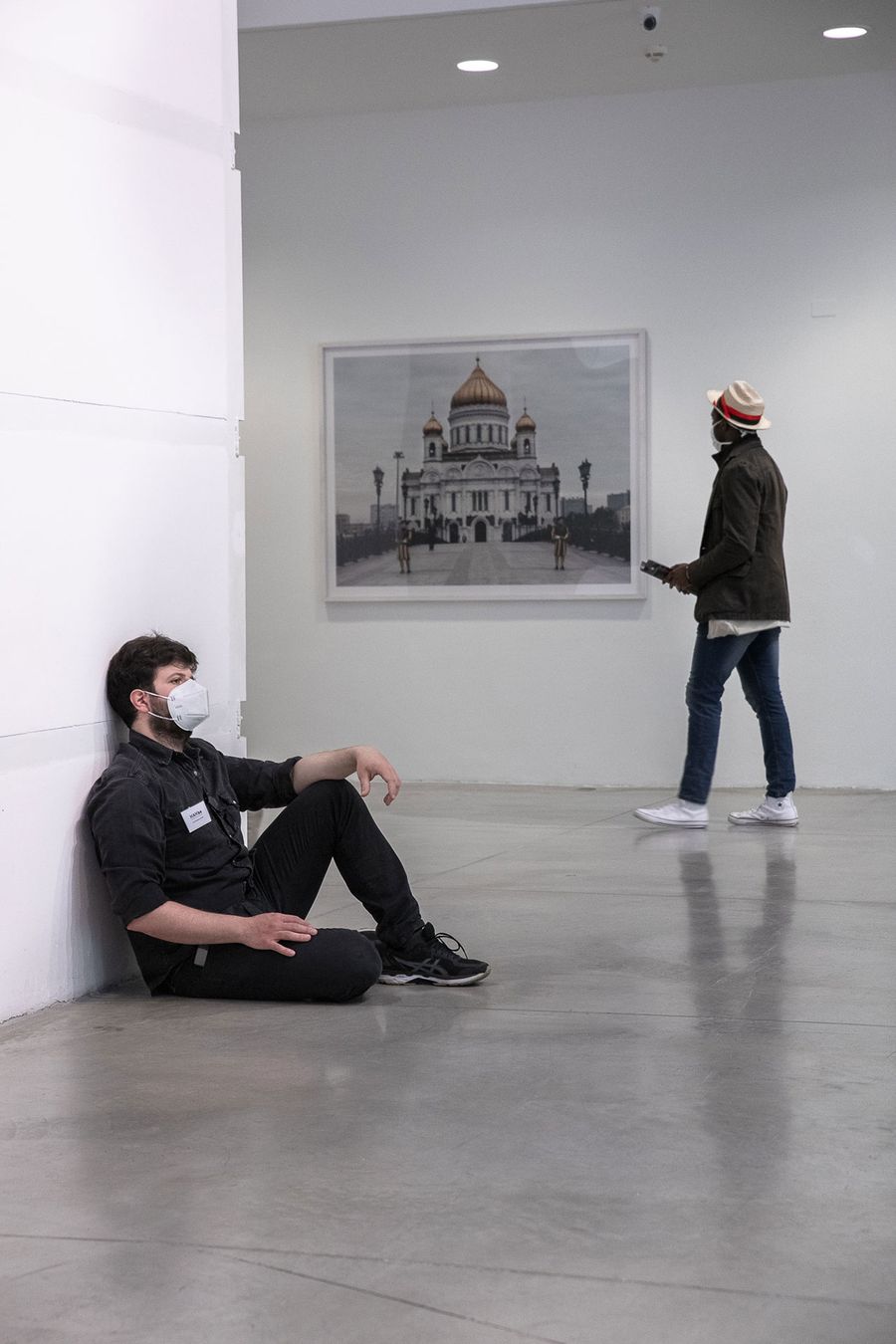
Aldo Giannotti, Safe and Sound, installation view, MAMbo – Museo d’Arte Moderna di Bologna. Photography by Valentina Cafarotti and Federico Landi.
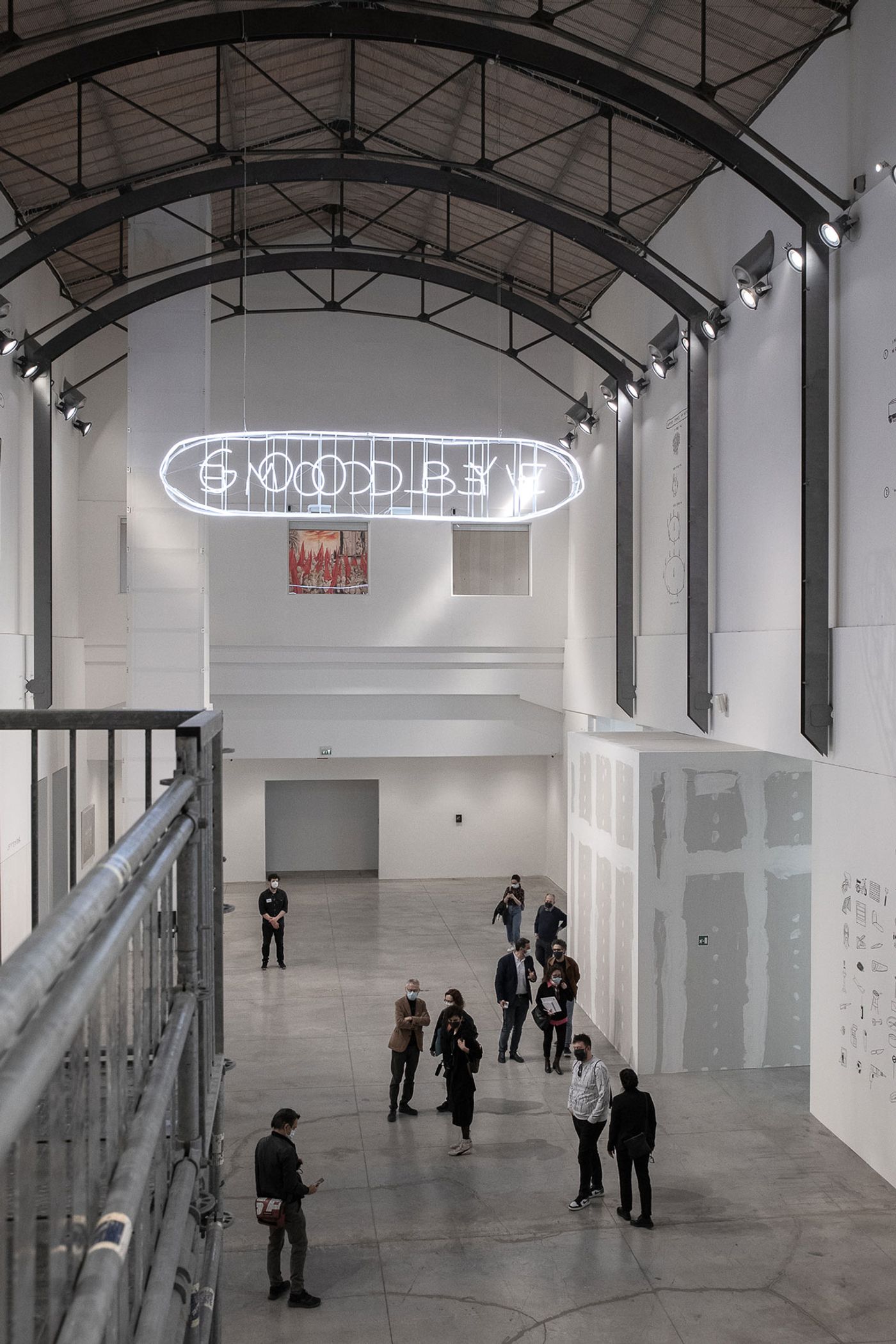
Aldo Giannotti, Safe and Sound, installation view, MAMbo – Museo d’Arte Moderna di Bologna. Photography by Valentina Cafarotti and Federico Landi.
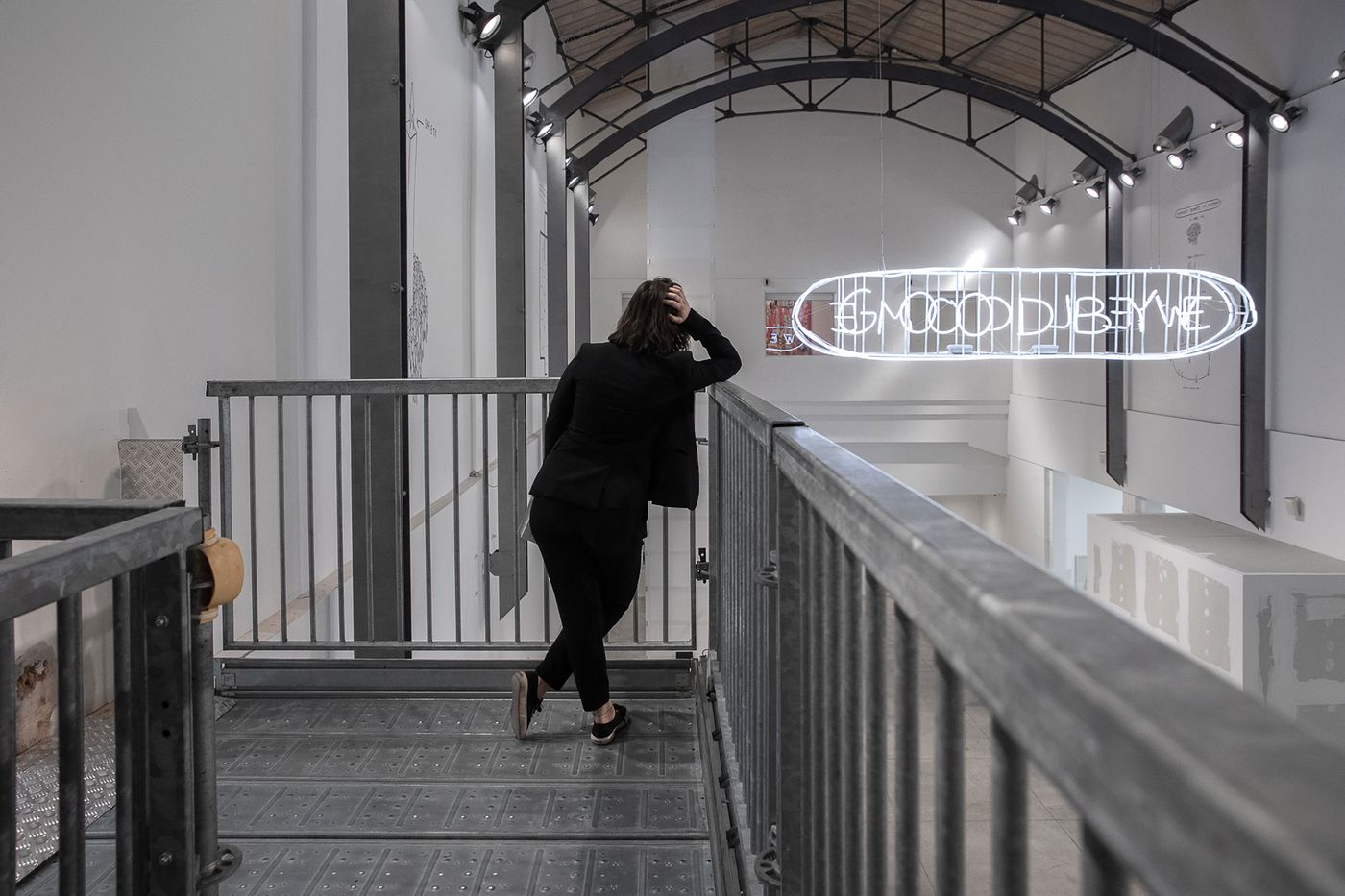
Aldo Giannotti, Safe and Sound, installation view, MAMbo – Museo d’Arte Moderna di Bologna. Photography by Valentina Cafarotti and Federico Landi.

Aldo Giannotti, Safe and Sound, installation view, MAMbo – Museo d’Arte Moderna di Bologna. Photography by Valentina Cafarotti and Federico Landi.
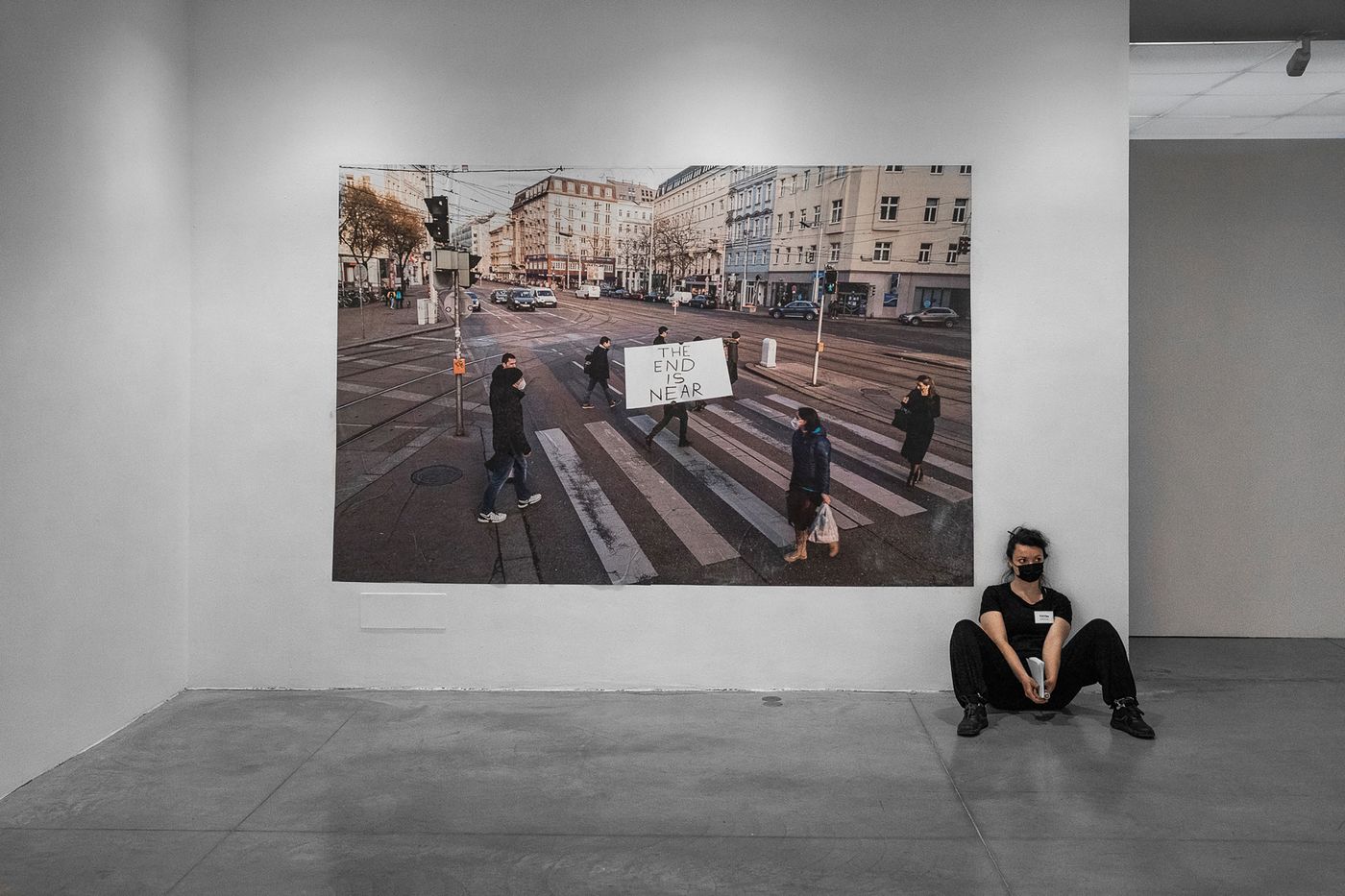
Aldo Giannotti, Safe and Sound, installation view, MAMbo – Museo d’Arte Moderna di Bologna. Photography by Valentina Cafarotti and Federico Landi.
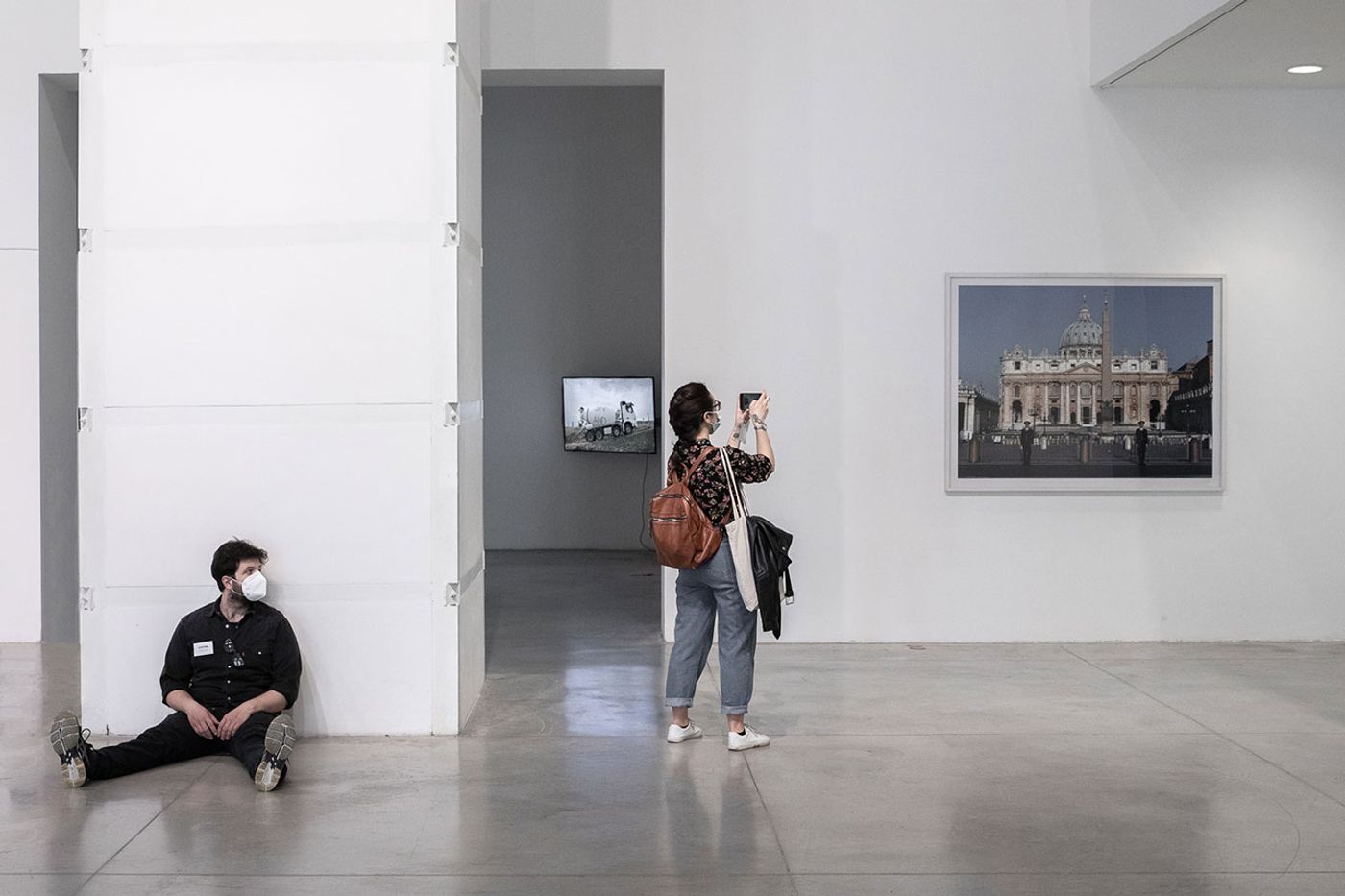
Aldo Giannotti, Safe and Sound, installation view, MAMbo – Museo d’Arte Moderna di Bologna. Photography by Valentina Cafarotti and Federico Landi.
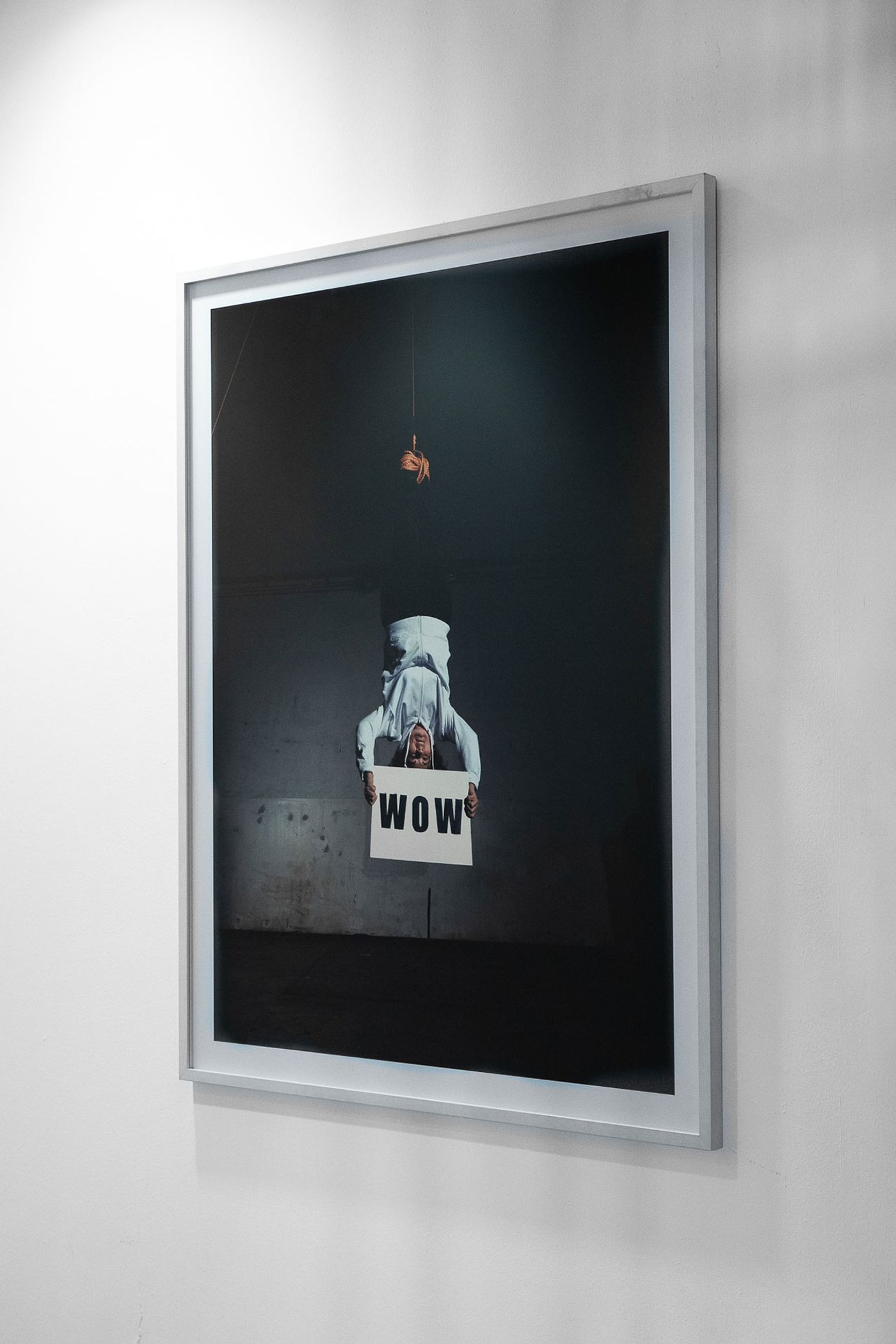
Aldo Giannotti, Safe and Sound, installation view, MAMbo – Museo d’Arte Moderna di Bologna. Photography by Valentina Cafarotti and Federico Landi.
Working with a range of mediums, from drawing, to photography, to video, installation and performance, Giannotti’s multidisciplinary work combines observation and criticism with a humour and irony which allows him to address complex issues without ever becoming patronising or pretentious. Simplistic at first glance, his work often takes the guise of a disarming joke, rhetorical question or witty statement, which, on second thought however, questions, subverts or even deconstructs prescribed rules, long-held beliefs and institutionalised norms. In “Safe and Sound”, the artist uses his wry humour and sharp-witted scrutiny to probe the fundamental aspect of safety, the regulations of the social sphere, and the technological impact on the field of security.
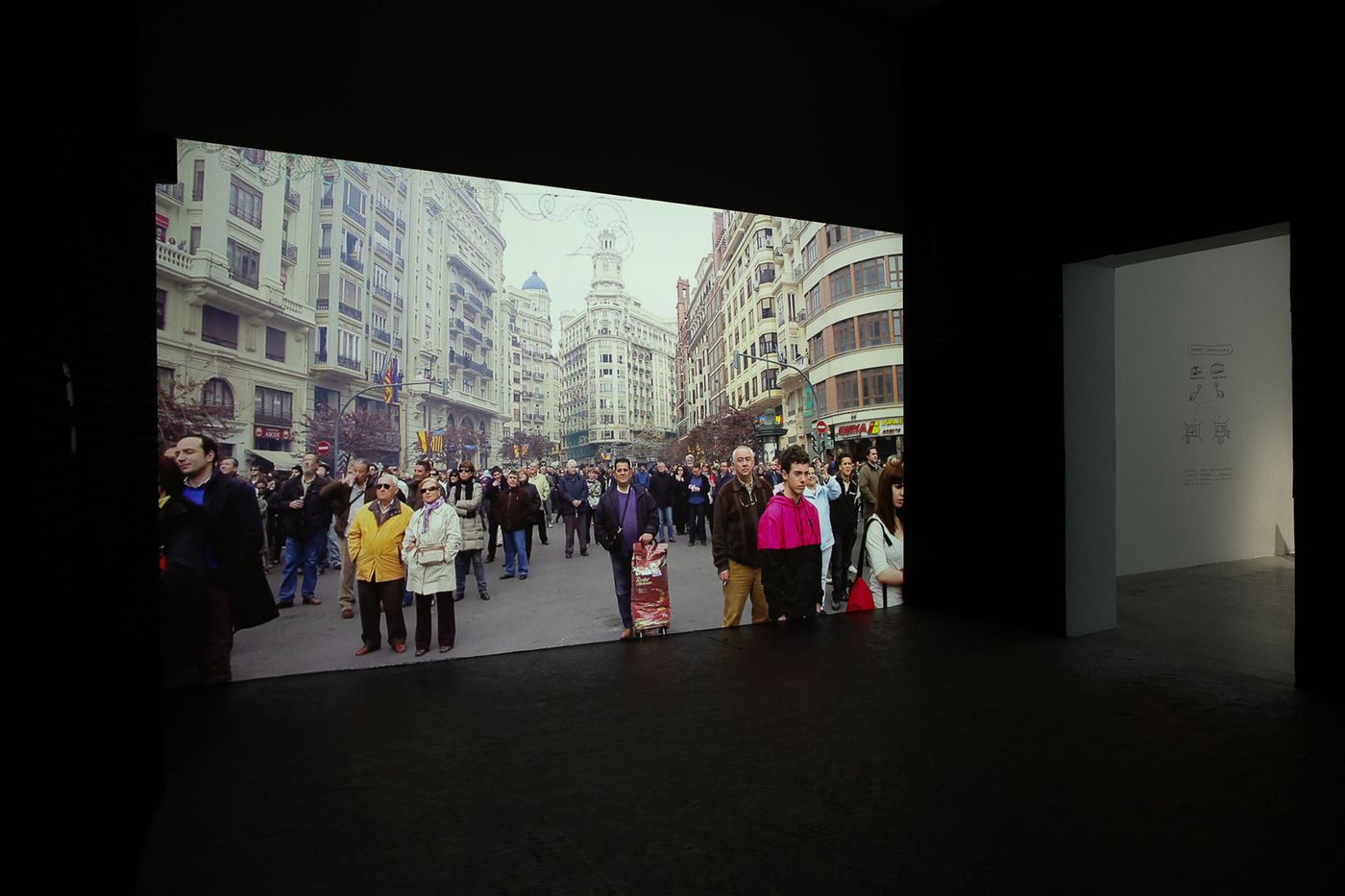
Aldo Giannotti, Safe and Sound, installation view, MAMbo – Museo d’Arte Moderna di Bologna. Photography by Valentina Cafarotti and Federico Landi.
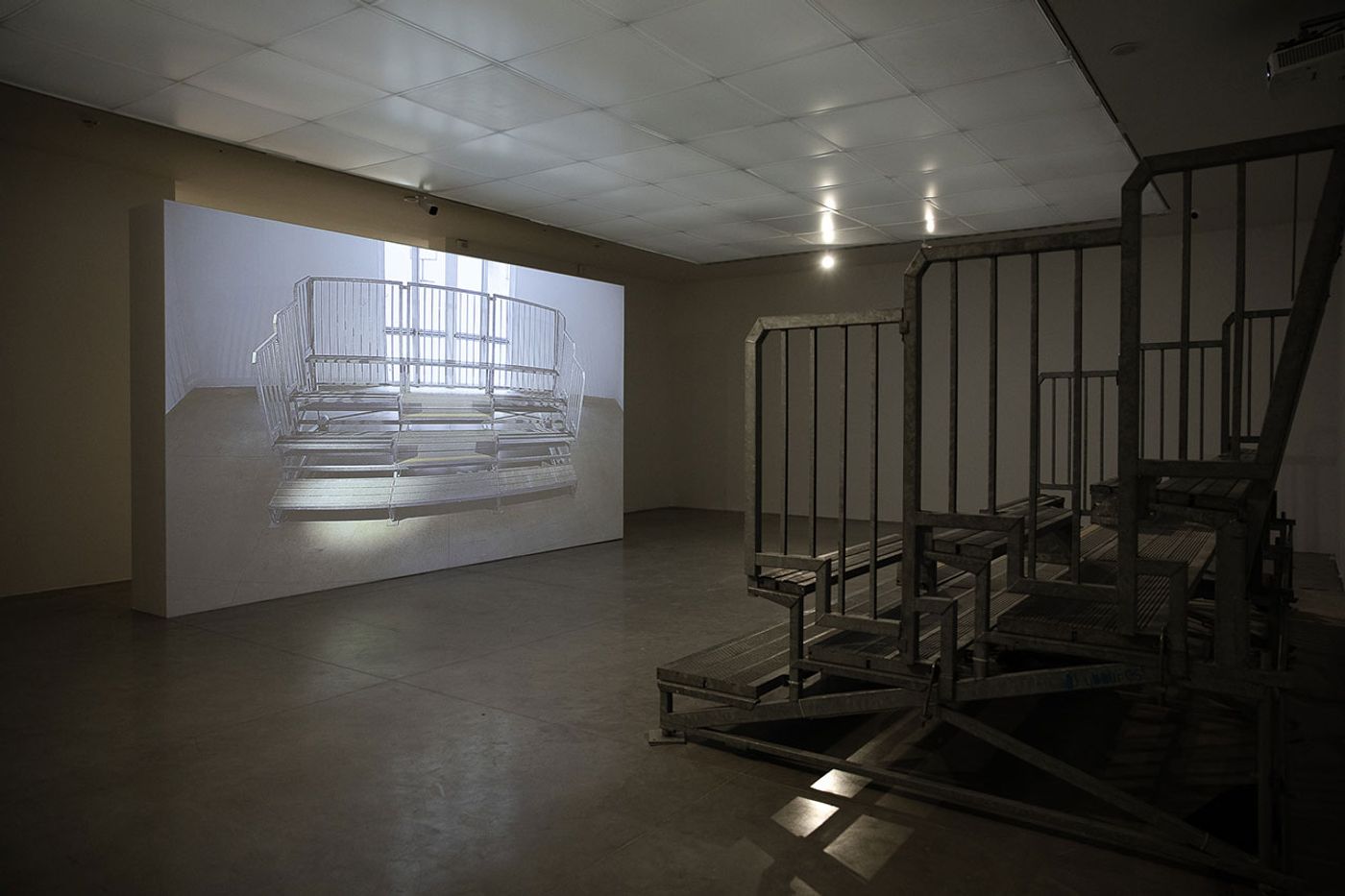
Aldo Giannotti, Safe and Sound, installation view, MAMbo – Museo d’Arte Moderna di Bologna. Photography by Valentina Cafarotti and Federico Landi.
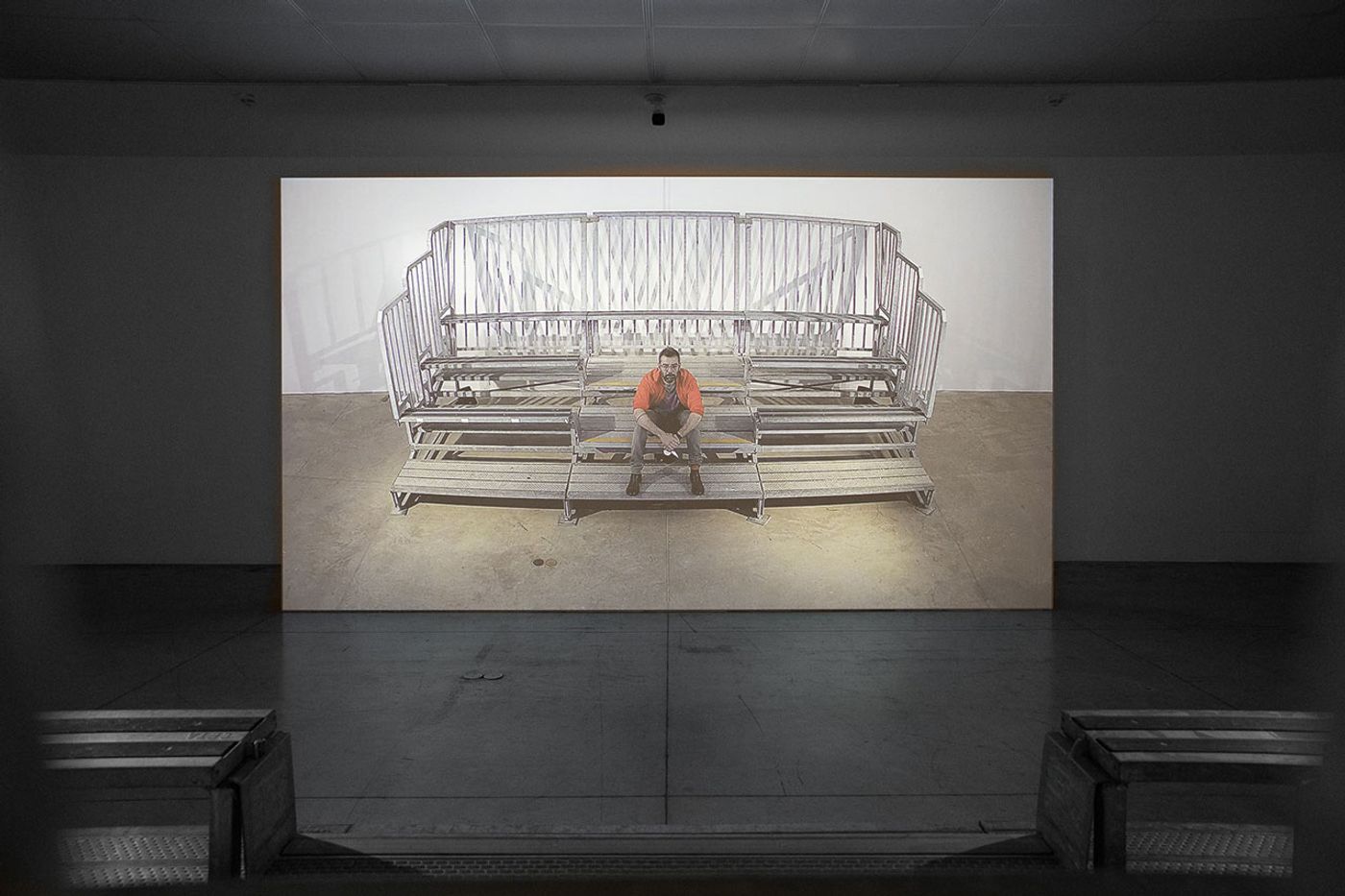
Aldo Giannotti, Safe and Sound, installation view, MAMbo – Museo d’Arte Moderna di Bologna. Photography by Valentina Cafarotti and Federico Landi.
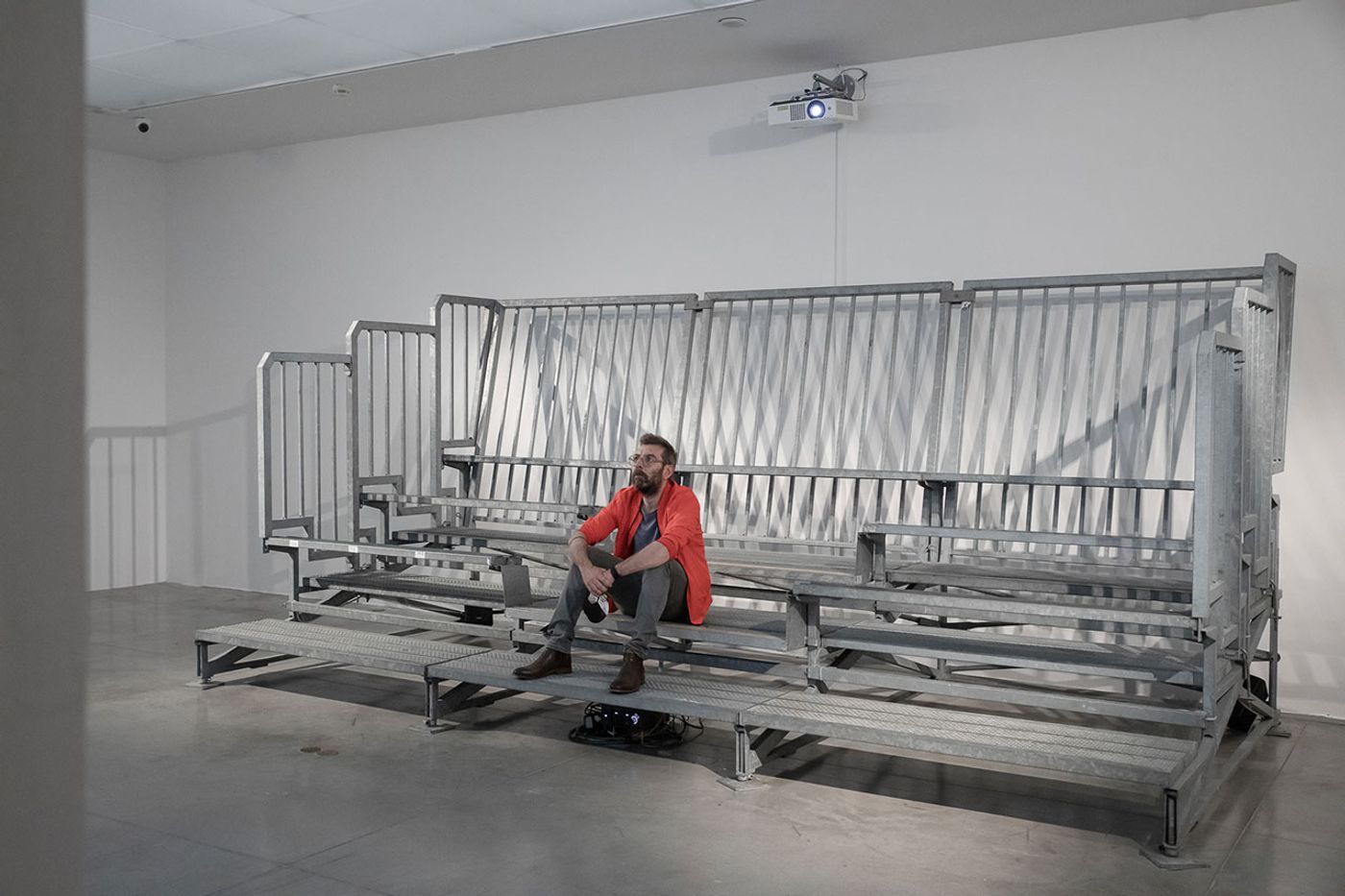
Aldo Giannotti, Safe and Sound, installation view, MAMbo – Museo d’Arte Moderna di Bologna. Photography by Valentina Cafarotti and Federico Landi.
Housed in MAMbo’s Sala delle Ciminiere, a former industrial bakery which was transformed into a cultural venue in the late 1990s by architect Aldo Rossi, the exhibition has been partly set up as an intervention on the building’s architecture with the explicit aim of rethinking the museum space and how visitors interact with it. Examples of the interventionist set up include a layout of "forced routes", the insertion of a pillar inside the main exhibition hall that contains a space accessible only from the street via a convoluted route, and the introduction of a staircase that leads visitors to the museum’s permanent collection galleries through a newly opened hole in the wall. The staircase is a radical intervention in the museum’s layout, inspired by Rossi’s unrealised plan to connect the Sala delle Ciminiere with MAMbo’s upper floor, and although it will be demolished after the end of the exhibition, the impromptu door will remain as a visual connection between the museum’s two zones.
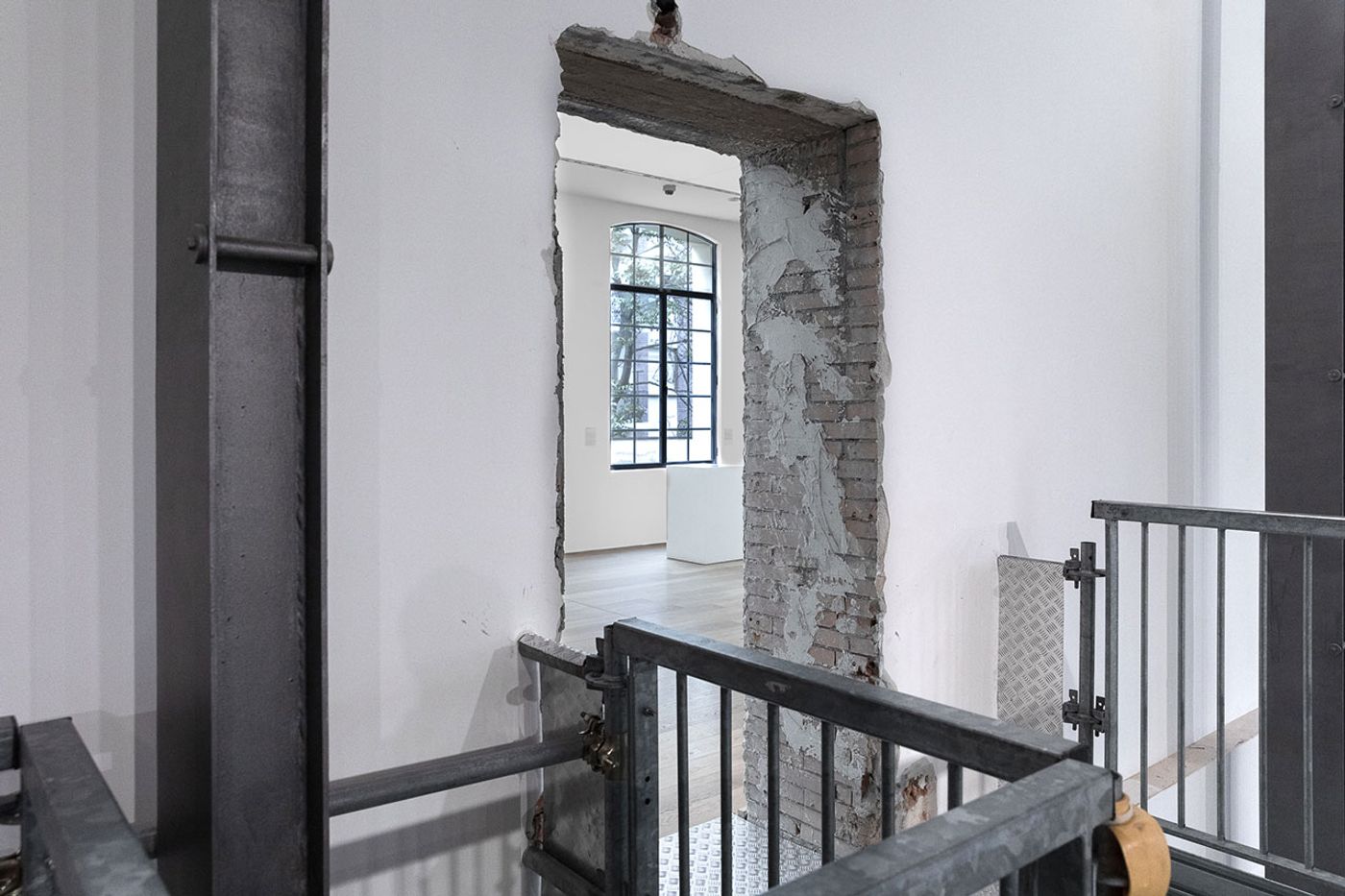
Aldo Giannotti, Safe and Sound, installation view, MAMbo – Museo d’Arte Moderna di Bologna. Photography by Valentina Cafarotti and Federico Landi.
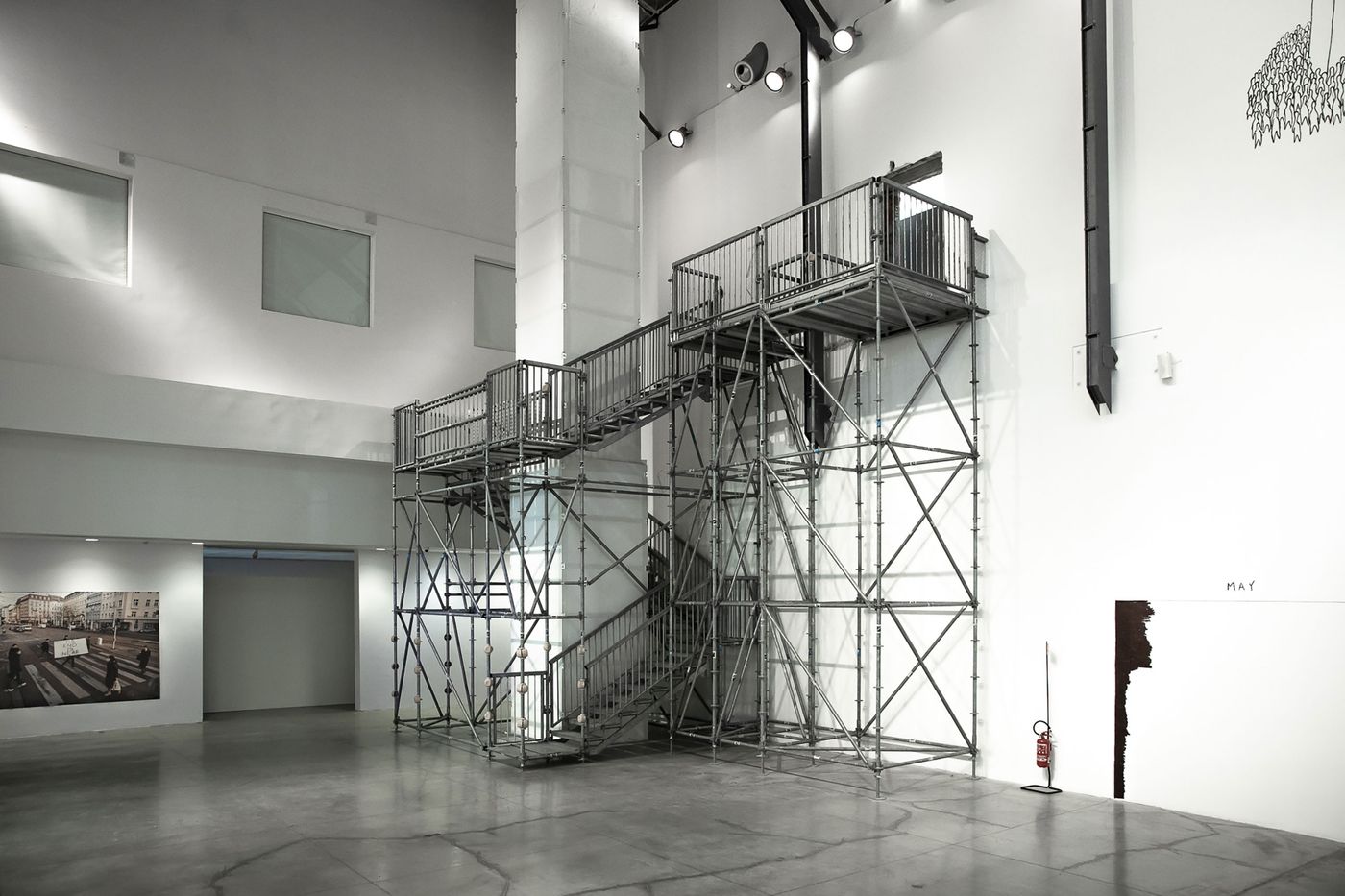
Aldo Giannotti, Safe and Sound, installation view, MAMbo – Museo d’Arte Moderna di Bologna. Photography by Valentina Cafarotti and Federico Landi.

Aldo Giannotti, Safe and Sound, installation view, MAMbo – Museo d’Arte Moderna di Bologna. Photography by Valentina Cafarotti and Federico Landi.
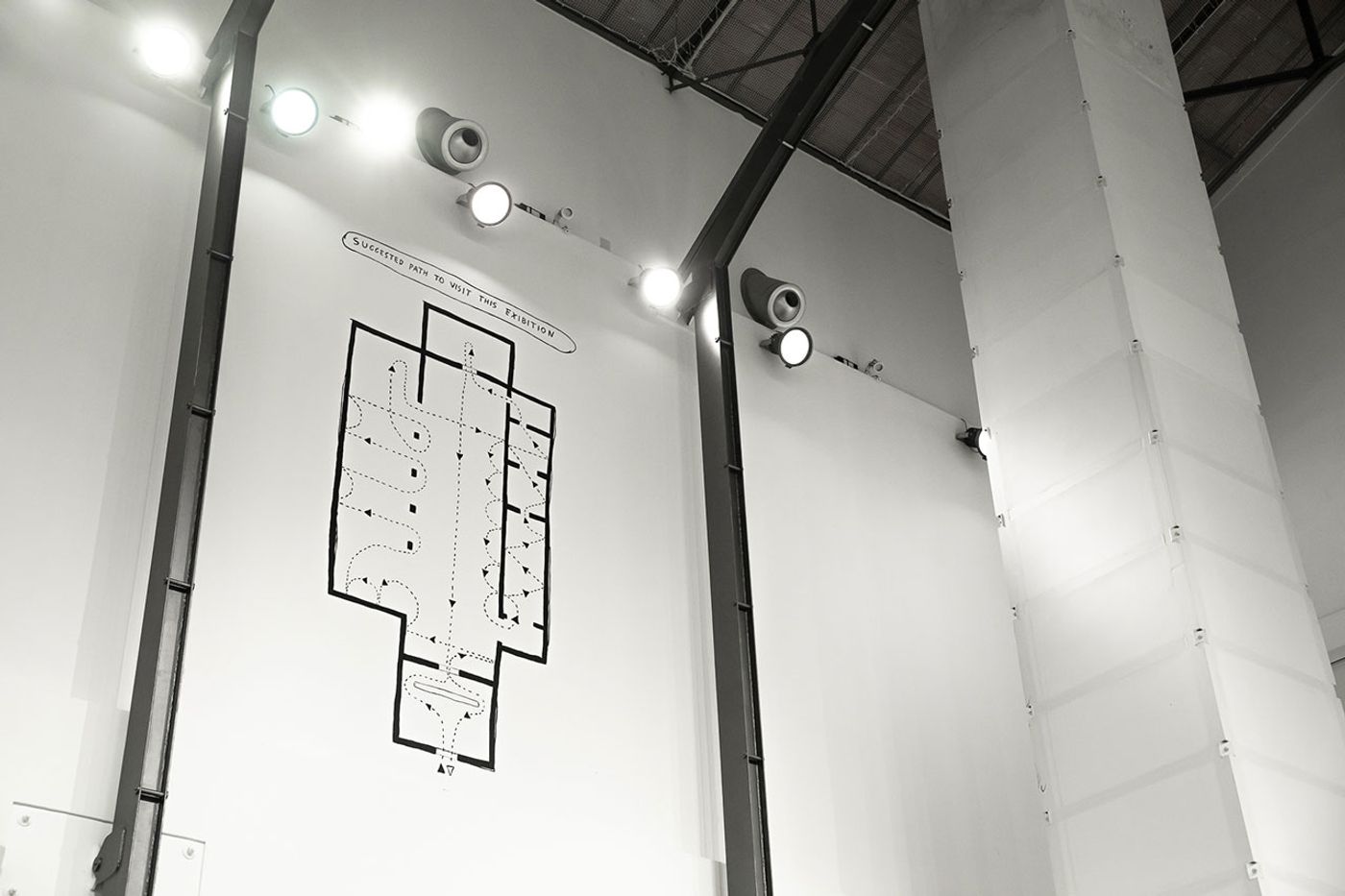
Aldo Giannotti, Safe and Sound, installation view, MAMbo – Museo d’Arte Moderna di Bologna. Photography by Valentina Cafarotti and Federico Landi.
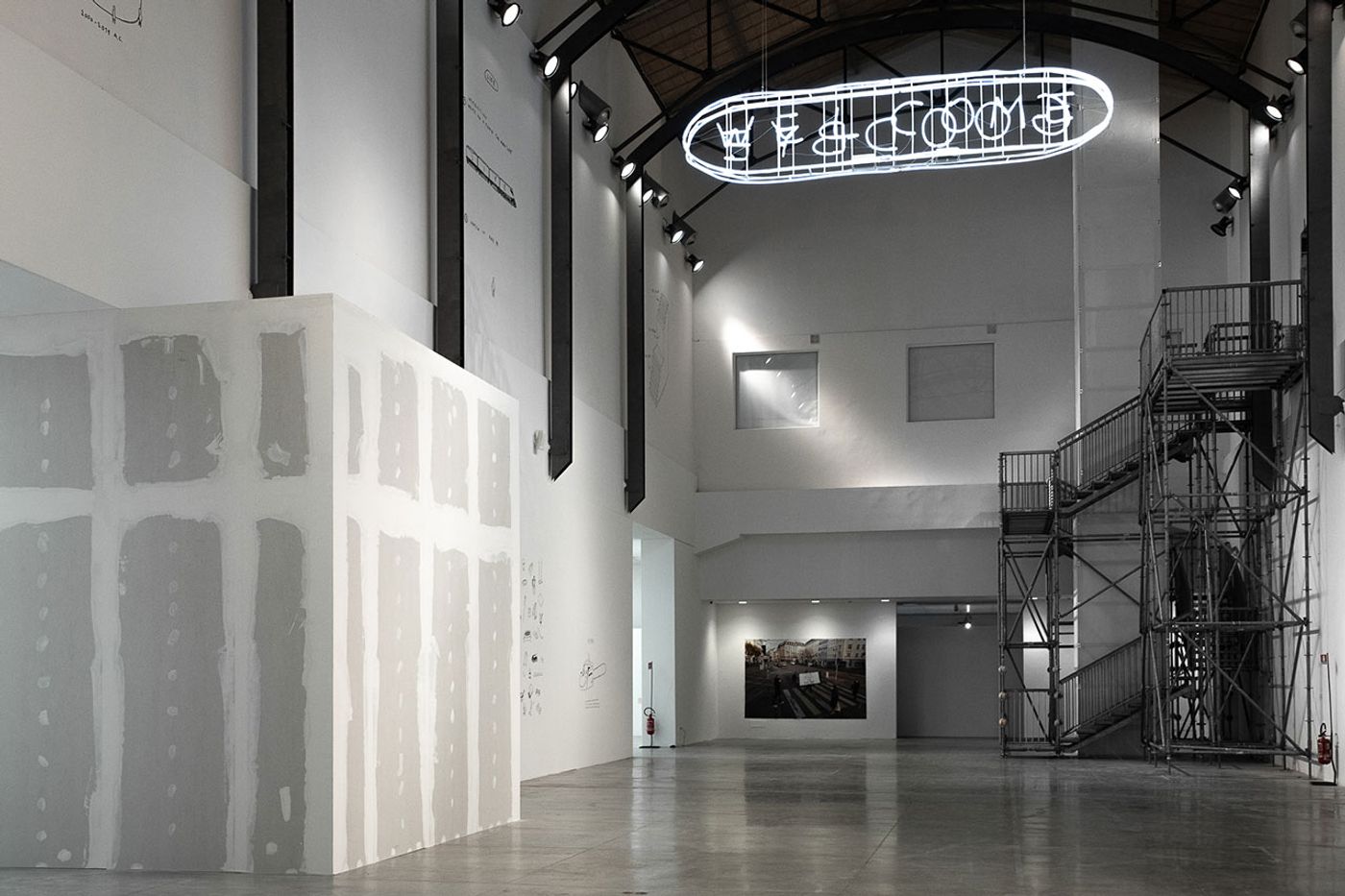
Aldo Giannotti, Safe and Sound, installation view, MAMbo – Museo d’Arte Moderna di Bologna. Photography by Valentina Cafarotti and Federico Landi.
Greeting visitors in the reception is a hand-drawn inscription that reads “make another exhibition in order to be able to make another exhibition in order to be able to make another exhibition…”, while in the locker room next door another inscription instructs visitors to leave their artwork inside one of the available compartments in order to be able to say that they have exhibited at MAMbo, both artworks poking fun at the art world but also providing a taste of the irony and humour that the exhibition is imbued with.
Numerous large and small drawings drawn directly onto the gallery walls urge visitors to take action, metaphorical or literal. “Filling Time” invites visitors to fill in the oversized boxes of a huge calendar marking the exhibition’s four-month duration, a daunting task that conveys the unrelenting yet nebulous passage of time, “Chainsaw” challenges them to take the work away using an electric saw, while the tiny size of the “The Staircase” drawing series forces them to climb up specially-made wheeled ladders in order to see them. Scattered around the galleries are 12 boxes containing note-cards which, instead of informing visitors about the exhibits as is usually the case, give instructions for actions that contravene the rules that normally apply in the museum.
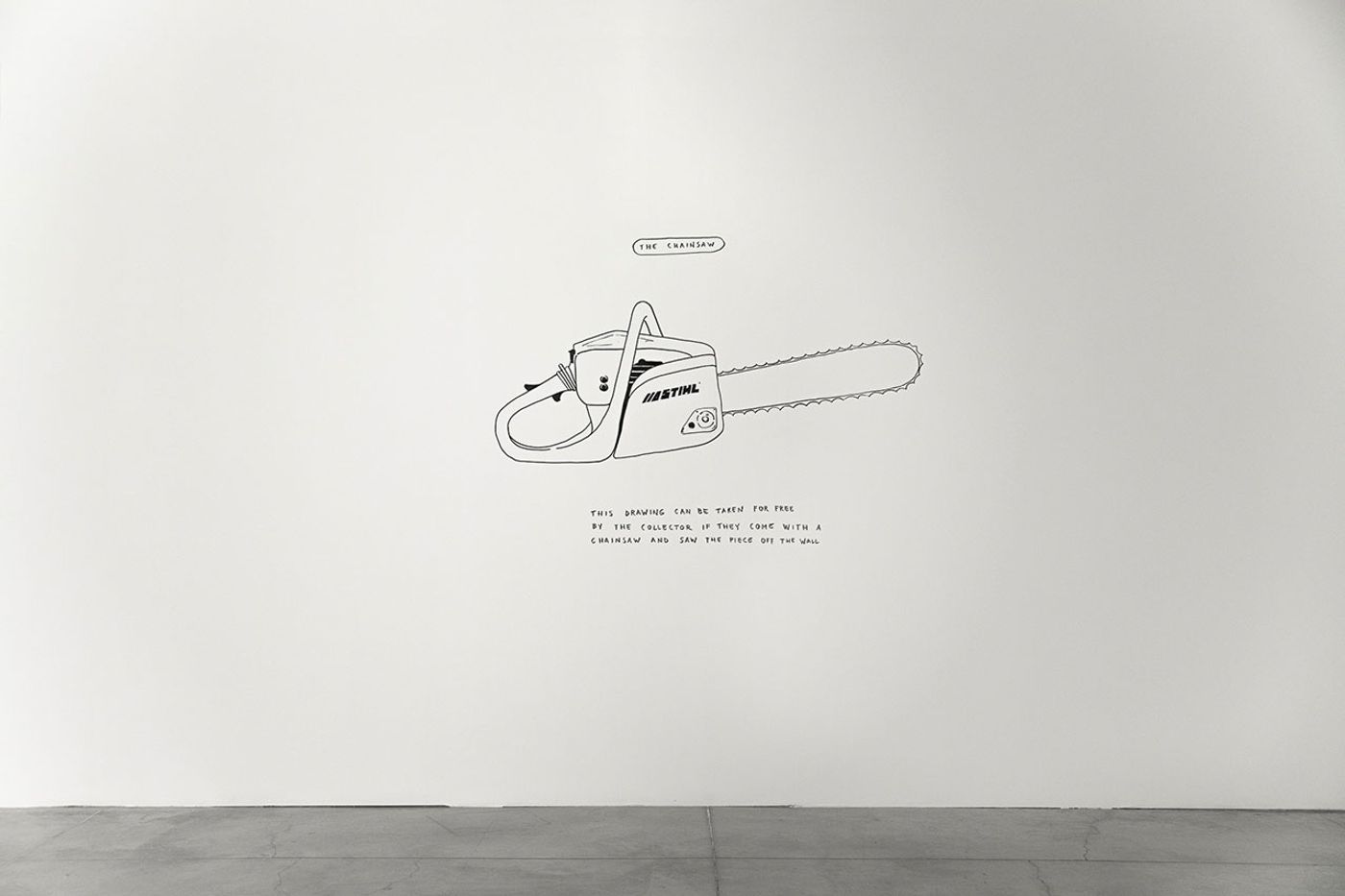
Aldo Giannotti, Safe and Sound, installation view, MAMbo – Museo d’Arte Moderna di Bologna. Photography by Valentina Cafarotti and Federico Landi.

Aldo Giannotti, Safe and Sound, installation view, MAMbo – Museo d’Arte Moderna di Bologna. Photography by Valentina Cafarotti and Federico Landi.
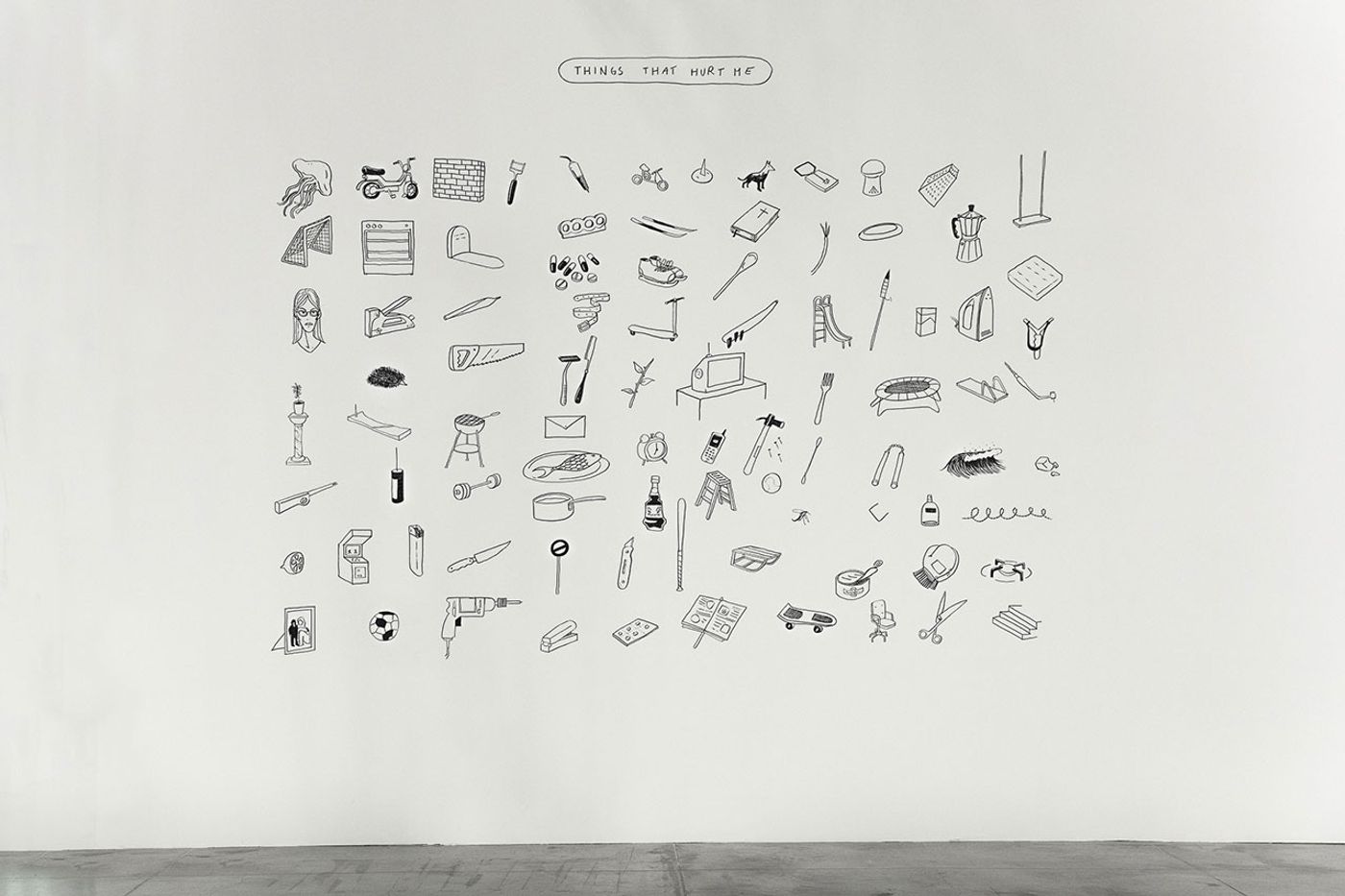
Aldo Giannotti, Safe and Sound, installation view, MAMbo – Museo d’Arte Moderna di Bologna. Photography by Valentina Cafarotti and Federico Landi.
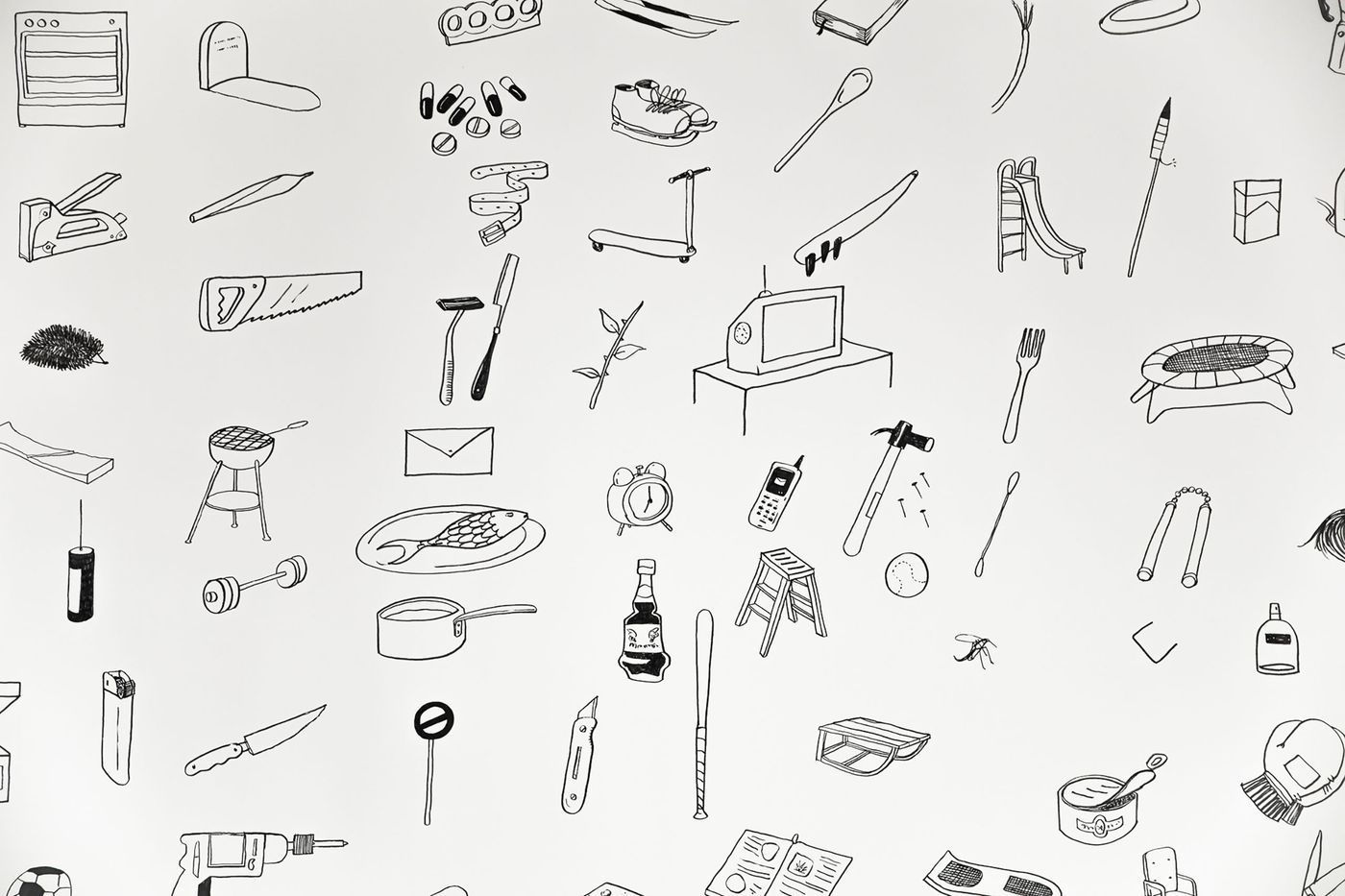
Aldo Giannotti, Safe and Sound, installation view, MAMbo – Museo d’Arte Moderna di Bologna. Photography by Valentina Cafarotti and Federico Landi.
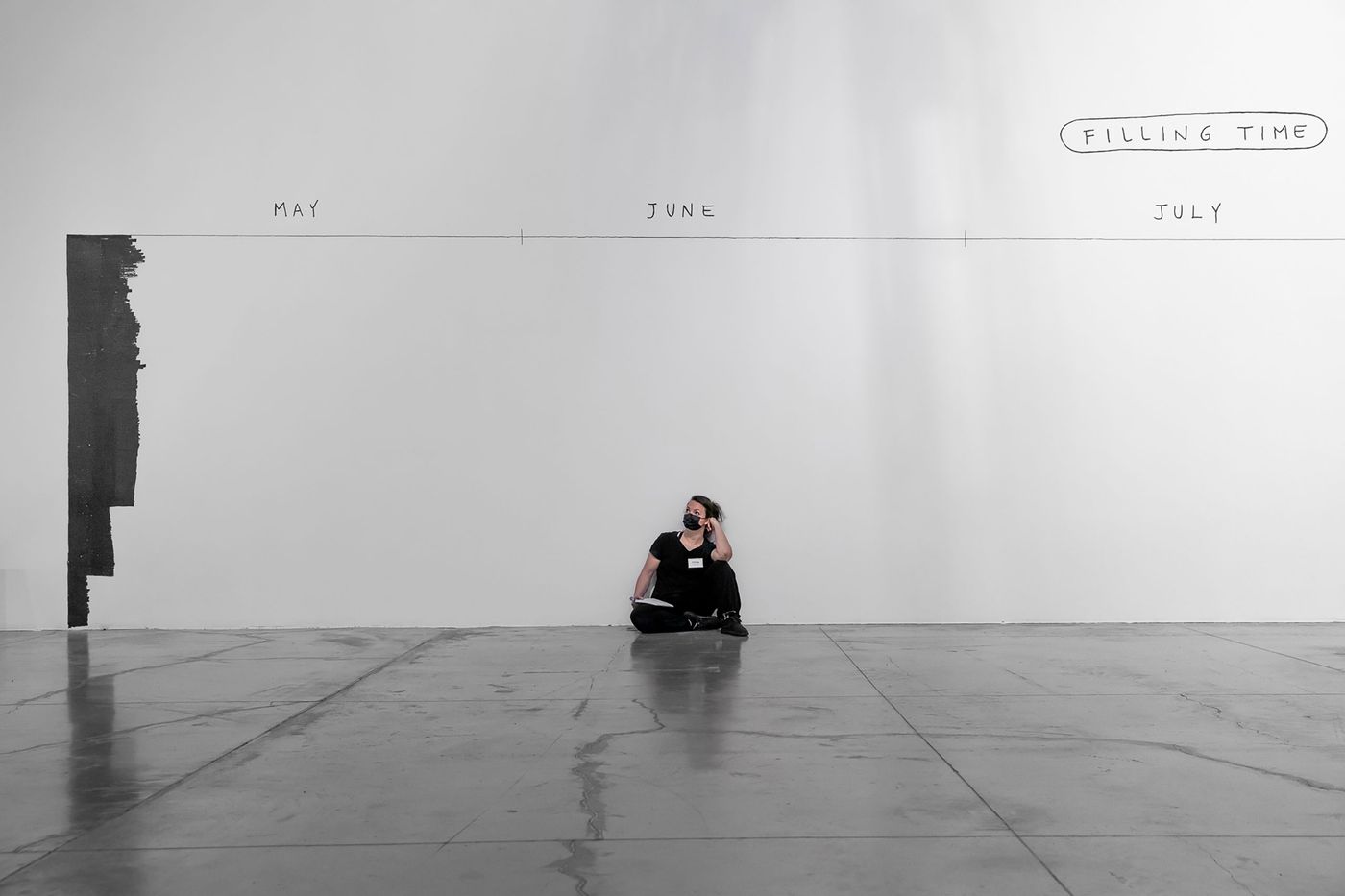
Aldo Giannotti, Safe and Sound, installation view, MAMbo – Museo d’Arte Moderna di Bologna. Photography by Valentina Cafarotti and Federico Landi.
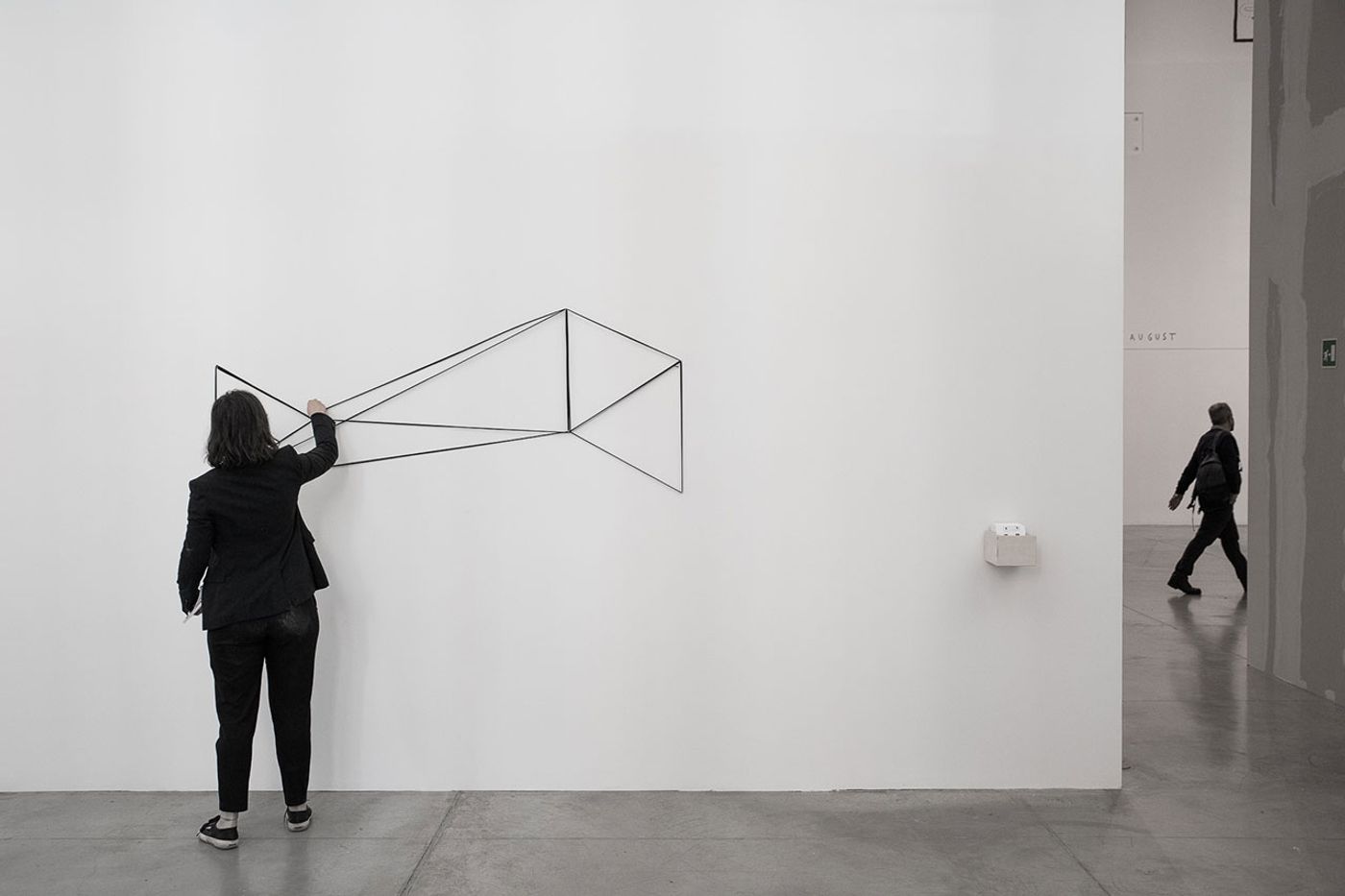
Aldo Giannotti, Safe and Sound, installation view, MAMbo – Museo d’Arte Moderna di Bologna. Photography by Valentina Cafarotti and Federico Landi.
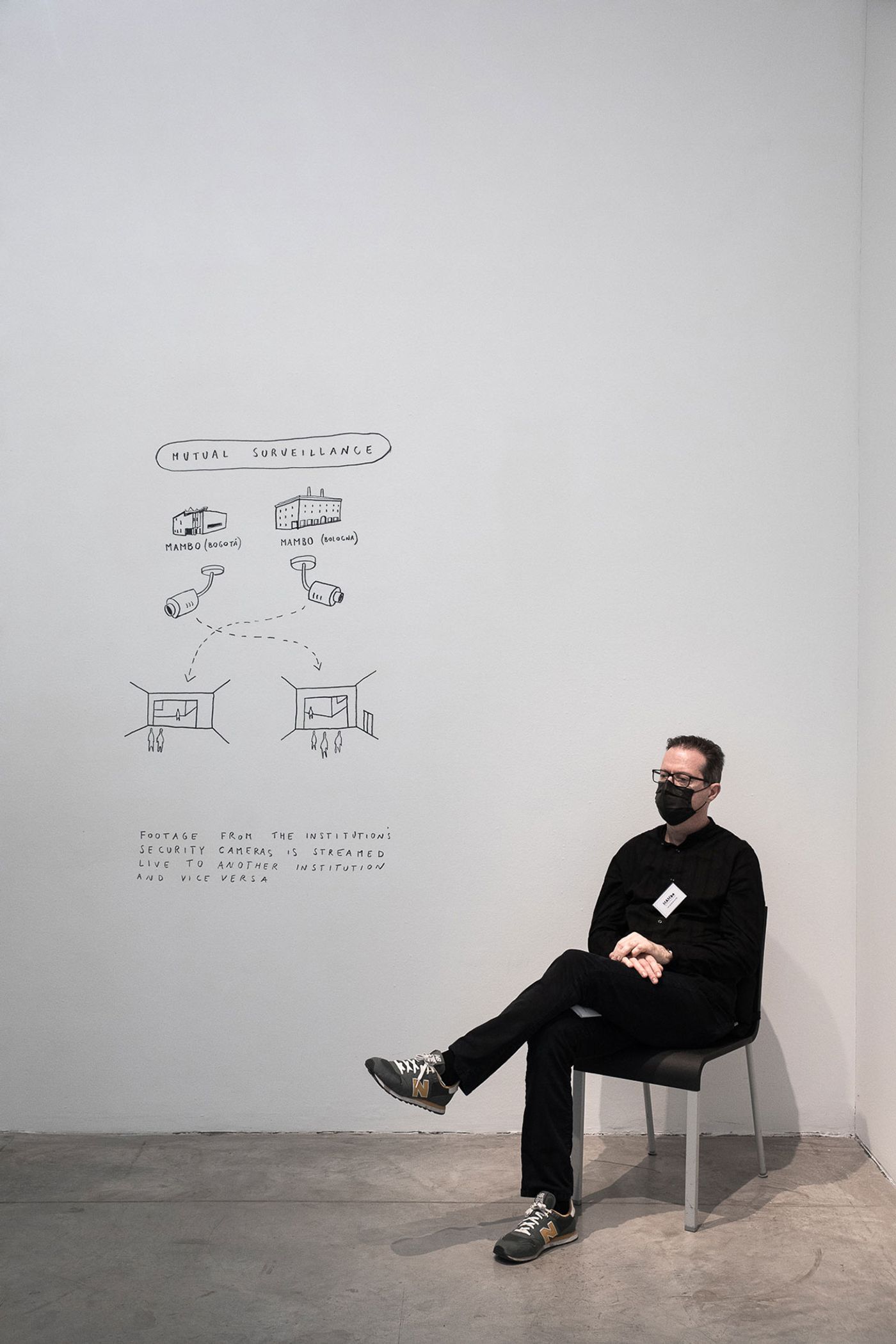
Aldo Giannotti, Safe and Sound, installation view, MAMbo – Museo d’Arte Moderna di Bologna. Photography by Valentina Cafarotti and Federico Landi.
Also on display, a selection of video works includes “Mutual Surveillance”, a project realised in collaboration with the similarly named Museo de Arte Moderno de Bogotá (MAMBo), whereby visitors of the two museums can spy on each other through specially installed video-surveillance systems that operate 24/7.
Another integral part of the artist’s attempt to redefine the museum experience are the museum’s attendants whose security and monitoring role Giannotti has subverted by giving them an alternative "manual" with instructions on how to relate to visitors. Don’t be surprised if you catch them lounging on the floor, leaning on walls, or toying with the artworks, it’s yet another example of how Giannotti surreptitiously dismantles the conventions of the museum experience whilst cleverly scrutinizing the notions of safety and security.
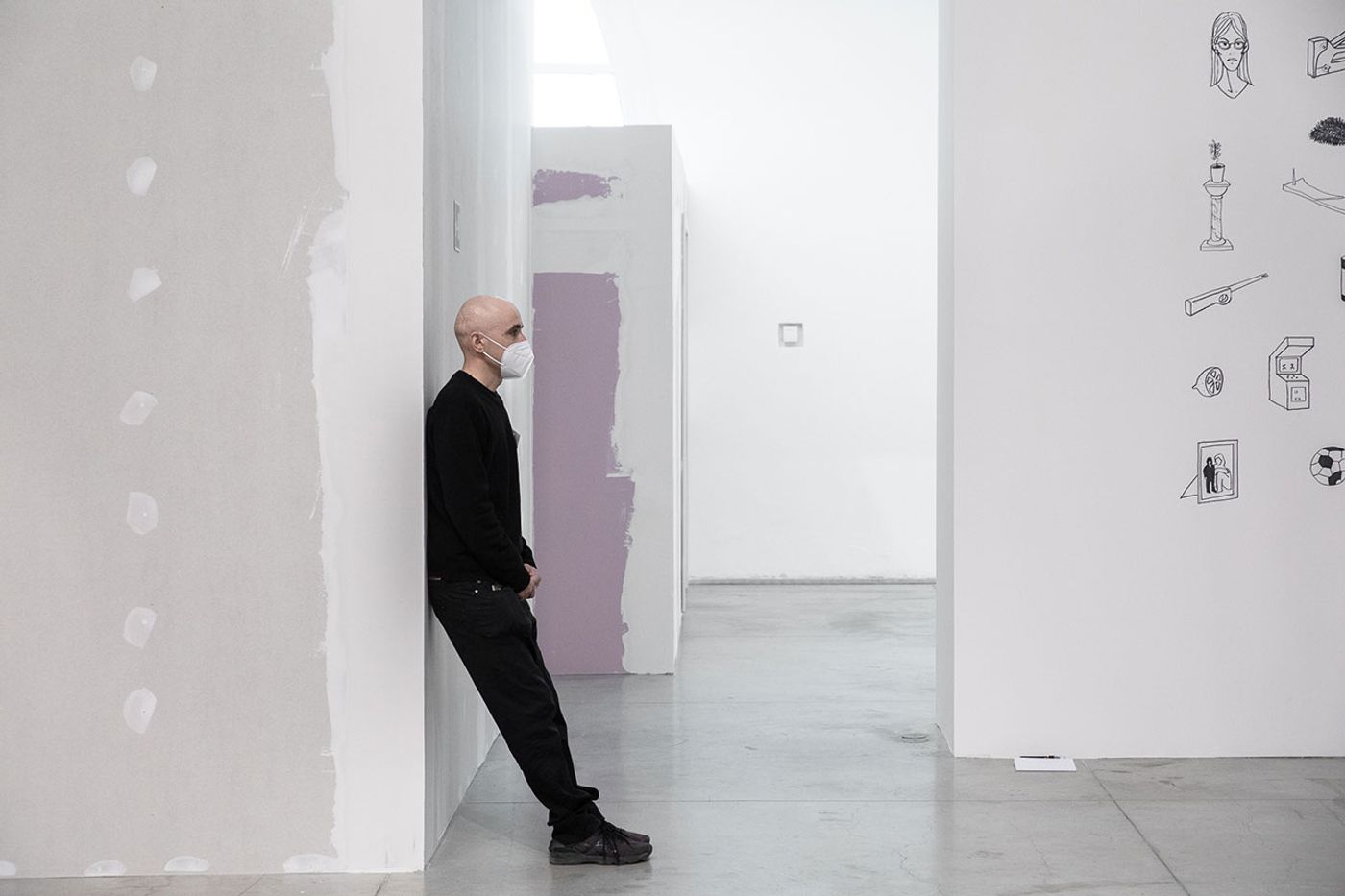
Aldo Giannotti, Safe and Sound, installation view, MAMbo – Museo d’Arte Moderna di Bologna. Photography by Valentina Cafarotti and Federico Landi.
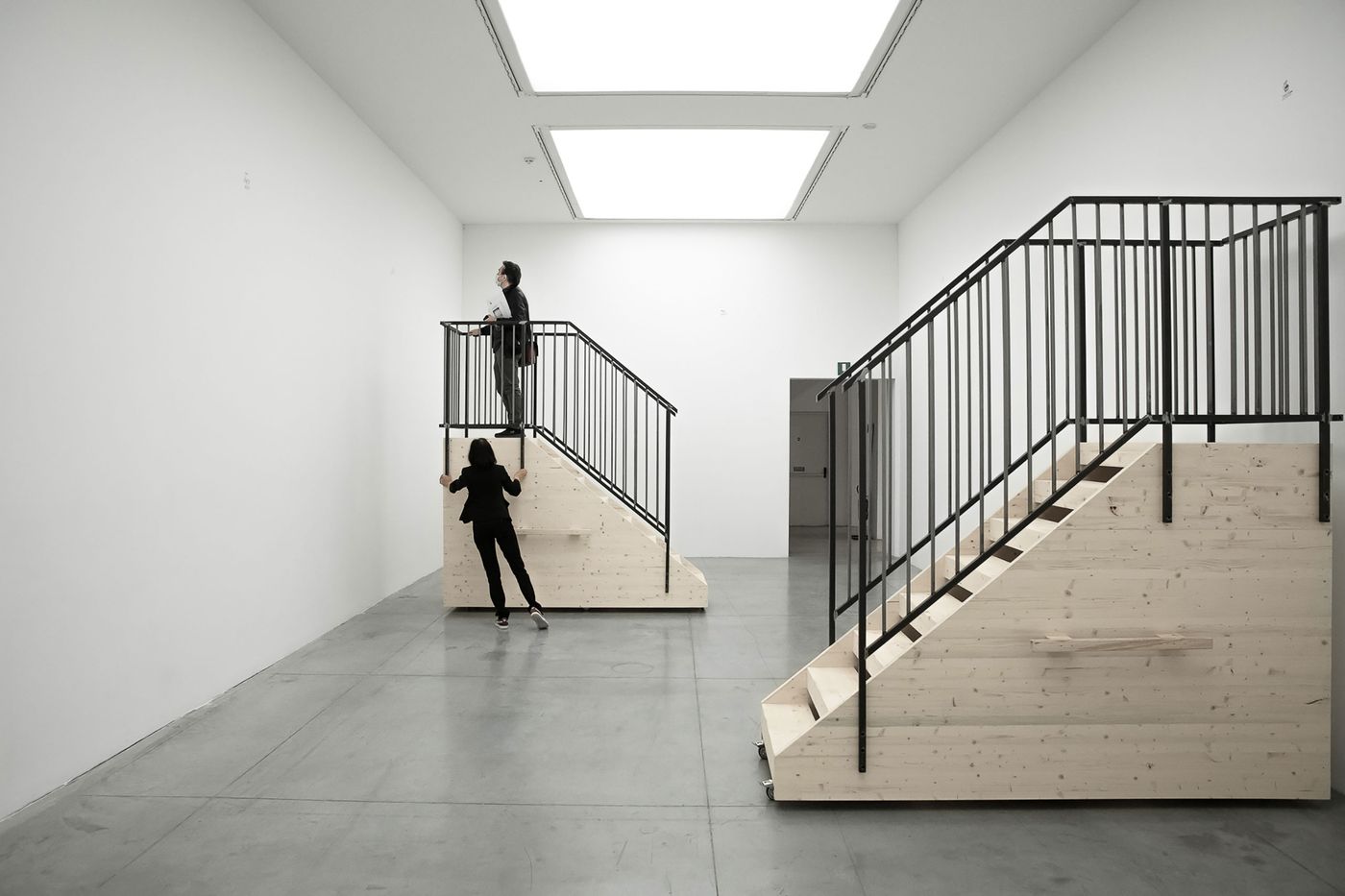
Aldo Giannotti, Safe and Sound, installation view, MAMbo – Museo d’Arte Moderna di Bologna. Photography by Valentina Cafarotti and Federico Landi.
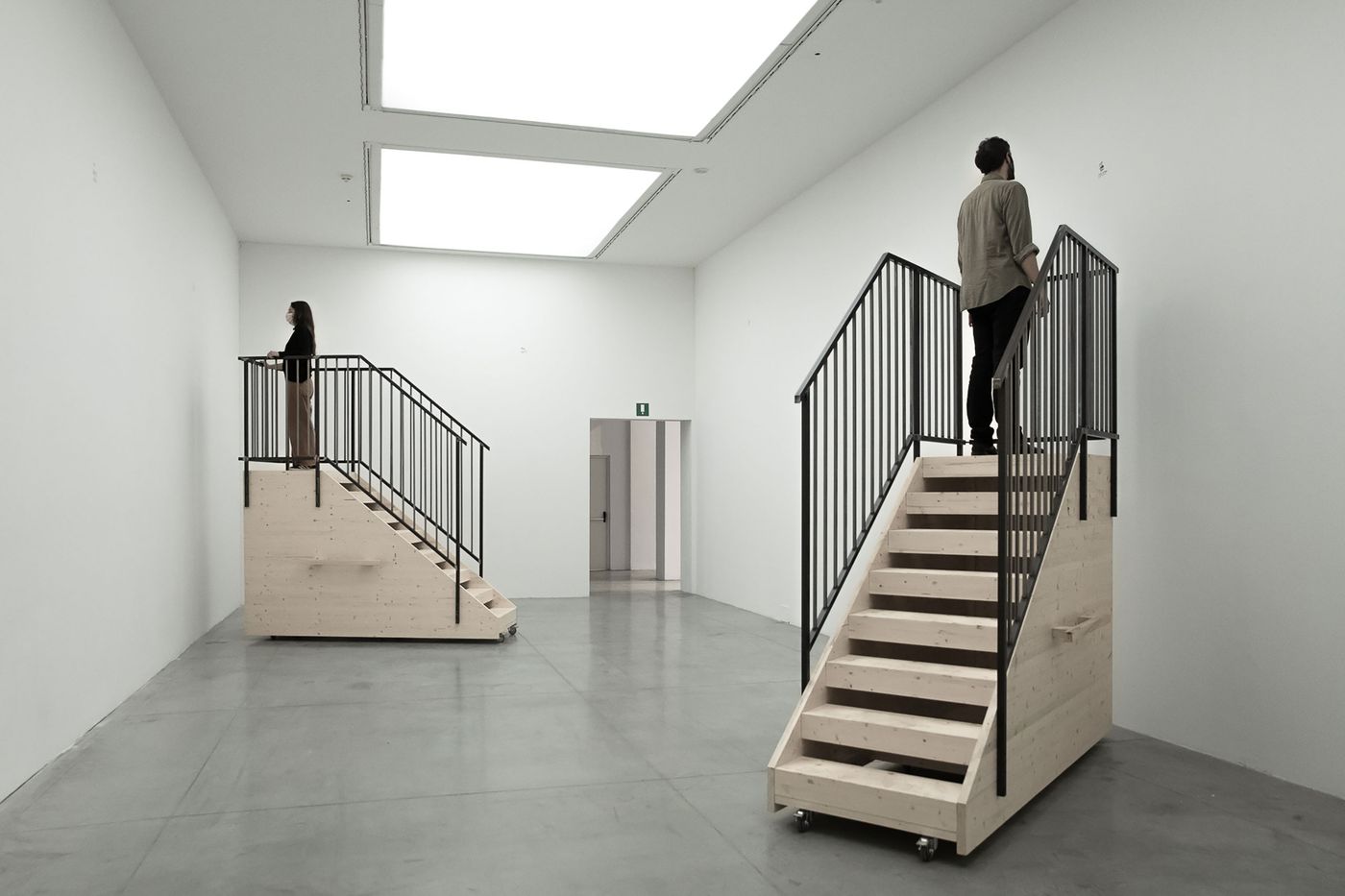
Aldo Giannotti, Safe and Sound, installation view, MAMbo – Museo d’Arte Moderna di Bologna. Photography by Valentina Cafarotti and Federico Landi.
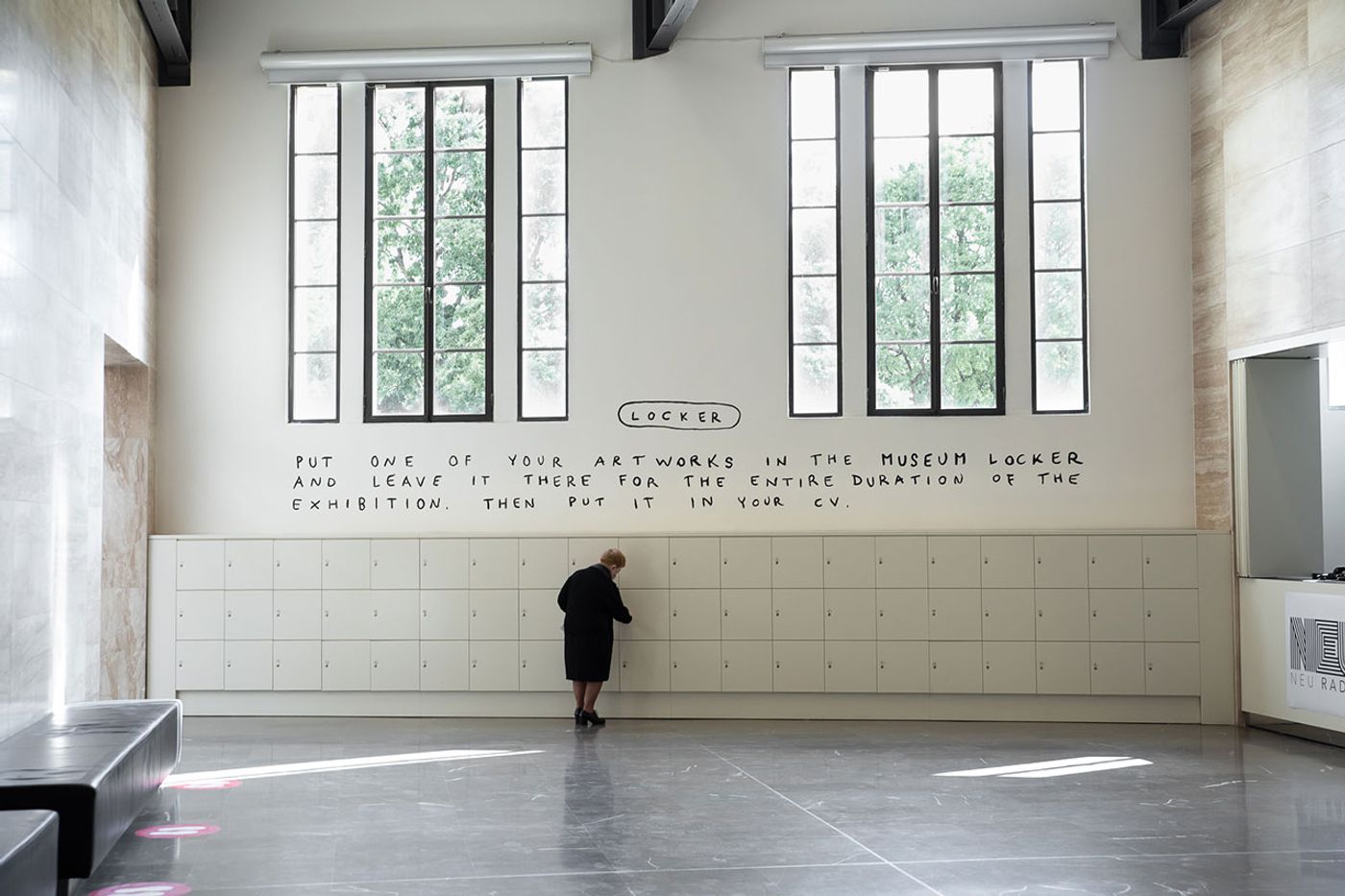
Aldo Giannotti, Safe and Sound, installation view, MAMbo – Museo d’Arte Moderna di Bologna. Photography by Valentina Cafarotti and Federico Landi.
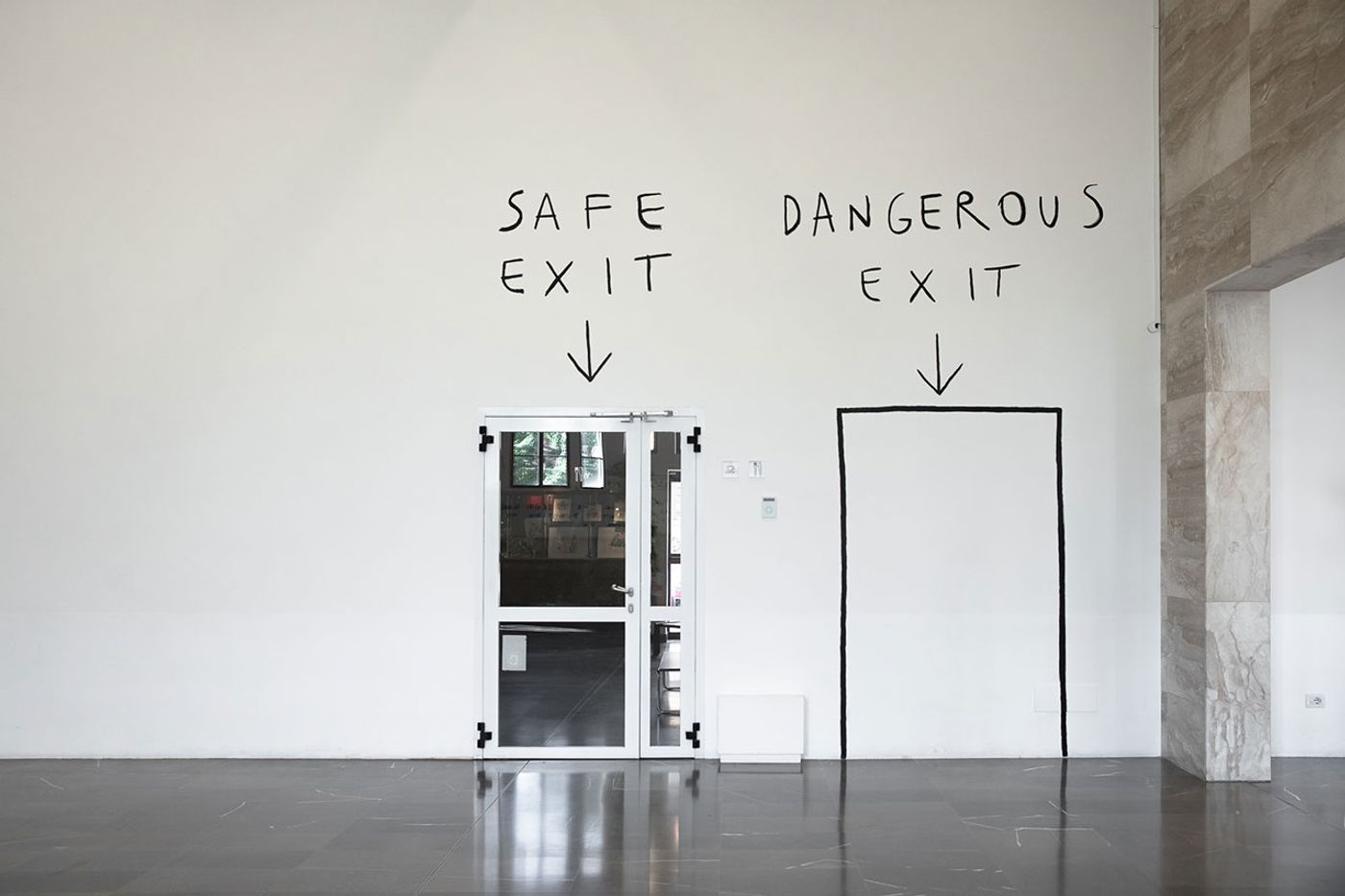
Aldo Giannotti, Safe and Sound, installation view, MAMbo – Museo d’Arte Moderna di Bologna. Photography by Valentina Cafarotti and Federico Landi.